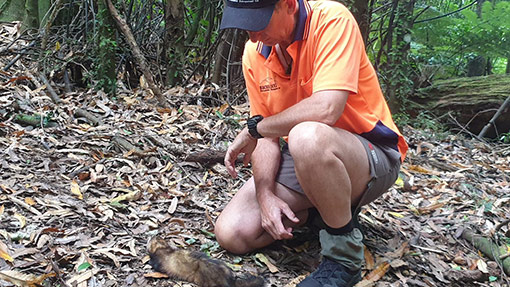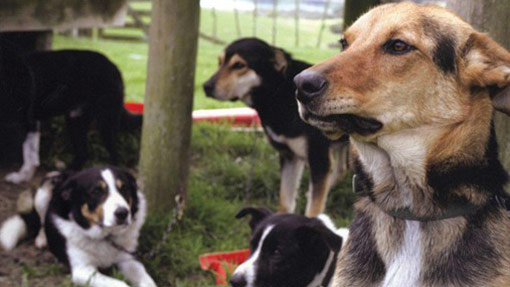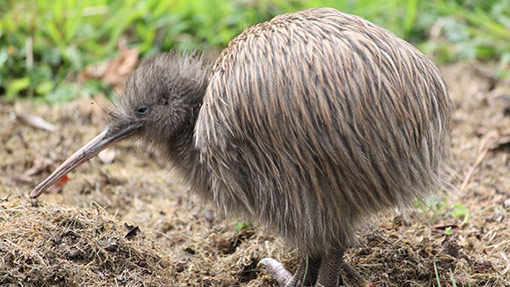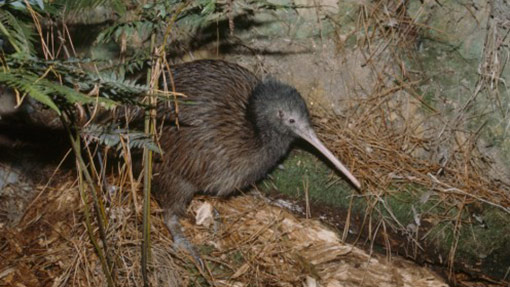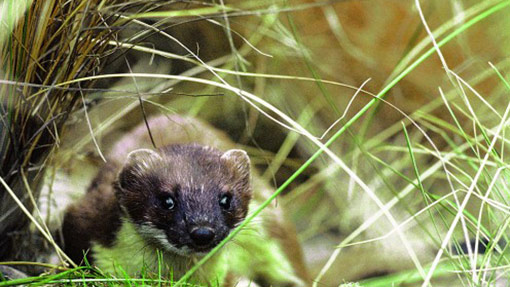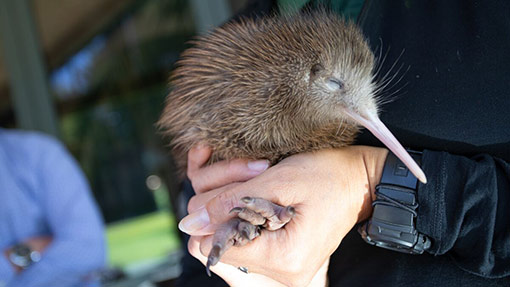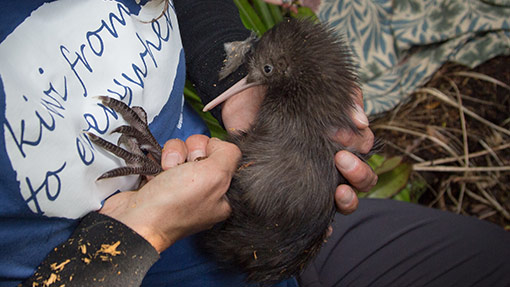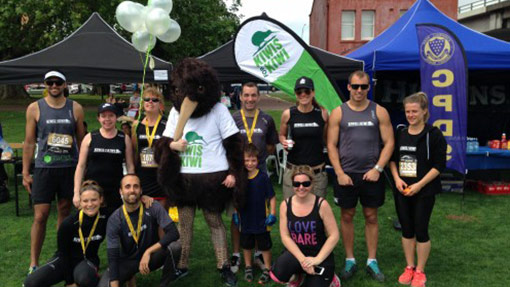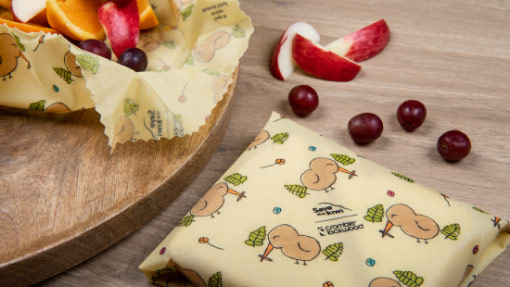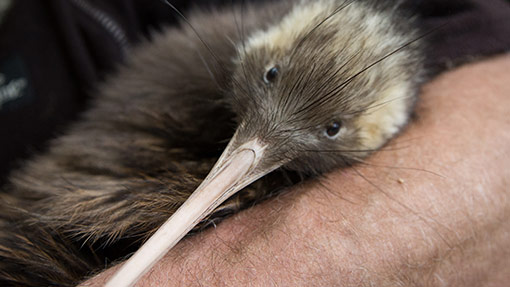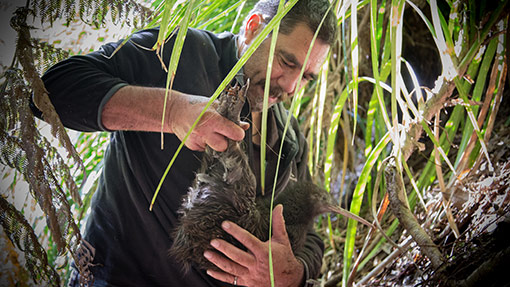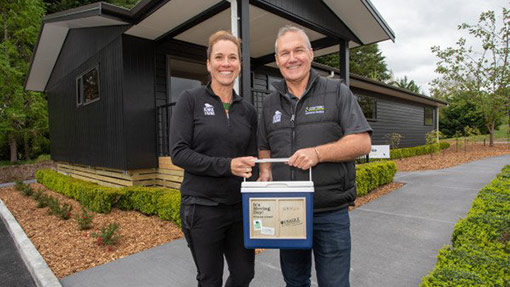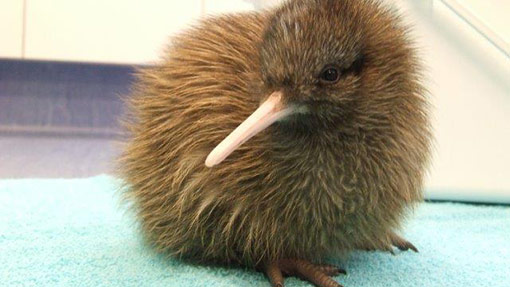In order to achieve our goals, we need the right research behind us.
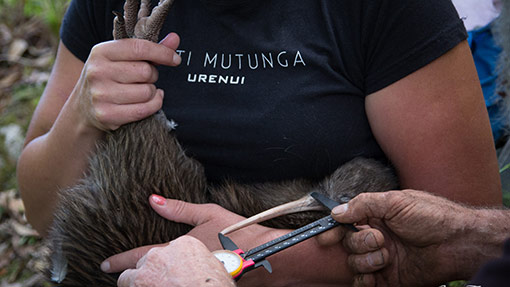
The research behind the mahi
Research is a vital component of kiwi recovery. We need to understand what needs to be done to save kiwi, not to mention where, why, and how. We also need to understand how to become more effective, efficient, and sustainable in our kiwi recovery practices.
In 1991, when the kiwi’s decline was first recognised, we knew very little about the state of the national kiwi population. Since then, surveys and monitoring, research, and the development of new technologies have created a large array of information and tools. This data has been used to amend and adapt programmes and has been crucial in the development of our Kōhanga Kiwi strategy.
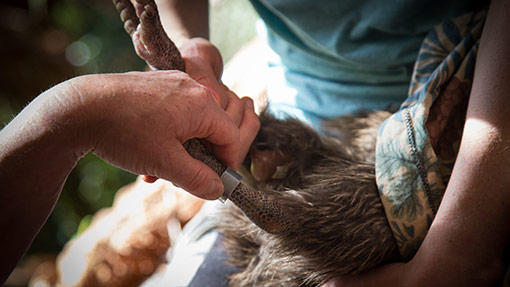
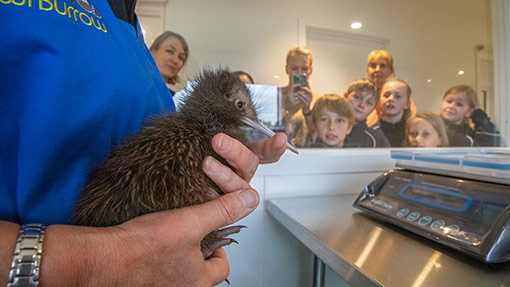
Who is doing it?
Kiwi research brings together diverse collaborators including universities, zoos, private companies, the Department of Conservation Te Papa Atawhai, iwi, Landcare Research, and many community-led kiwi projects.
This cooperation has led to great innovations, such as new technologies to help field workers know exactly when eggs and chicks are ready to be collected for Operation Nest Egg.
The importance of genetics
Maintaining genetic diversity is important to make sure all kiwi species and taxa survive. Our overarching goal is to restore and, wherever possible, enhance the abundance, distribution, and genetic diversity of all kiwi species.
Genetic research has led to some exciting discoveries. In 1995, the tokoeka was found to be a separate species from brown kiwi, and in 2003, rowi was also recognised as a separate species.
There are five species of kiwi now recognised: North Island brown kiwi, rowi, tokoeka, roroa/Great Spotted Kiwi and kiwi pukapuka/Little Spotted Kiwi. What is sometimes not known is that within a species of kiwi, there may still be genetic differences which have often evolved because of geographic isolation. Where these differences are deemed significant, but not great enough to define a different species, we have what are called taxa.
For North Island brown kiwi, there are four different taxa: Northland brown kiwi, Coromandel brown kiwi, Western brown kiwi and Eastern brown kiwi. Each of these taxa have evolved slightly differently to adapt to things like the climate, food resources and geographical features.
Research into kiwi genetics aims to make sure managed kiwi populations maintain good levels of genetic diversity. By carefully selecting which birds to move around during translocations and as part of Operation Nest Egg projects, we can ensure kiwi taxa remain strong and unique to the environment they live in. This is why different taxa of North Island brown kiwi are managed separated within the Kōhanga Kiwi strategy. It takes a lot of work to organise the breeding birds within each taxa and to ensure enough representation has taken place, so we have coordinators in each of the four regions who work alongside their local community projects.
Genetic bottlenecks may have naturally occurred in the past, reducing the genetic diversity within a population and increasing its probability of extinction. Researchers think this is why kiwi were not historically found on islands smaller than Little Barrier Island/Hauturu (3000 hectares), in the Hauraki Gulf.
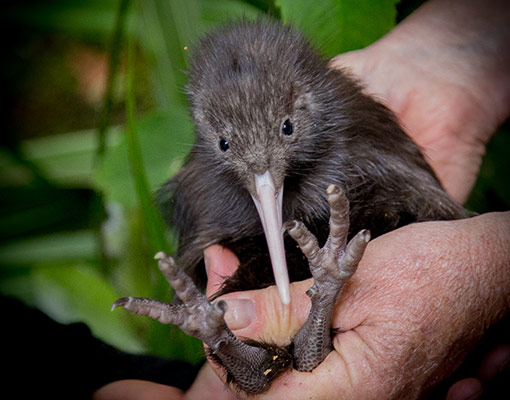
Maintaining genetic diversity is important to make sure all kiwi species and taxa survive.
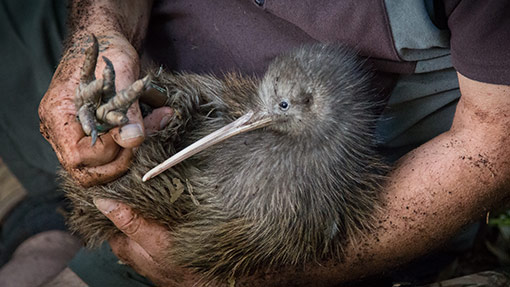
Advocacy
We’re all in this together. Save the Kiwi works to raise awareness about the plight of the kiwi and what is being done to help via social media, regular newsletters, and media publicity. (Photo credit: Jenny Feaver)
Predator control
Stoats, ferrets, rats, dogs, and other predators are the greatest risk to the kiwi population. Find out more about predators, the harm they cause to our native taonga, and what we can do to help.
Kiwi avoidance training
Dogs are the biggest threat to adult kiwi. Learn about a method that can successfully teach dogs how to avoid kiwi when they come across them in the wild.
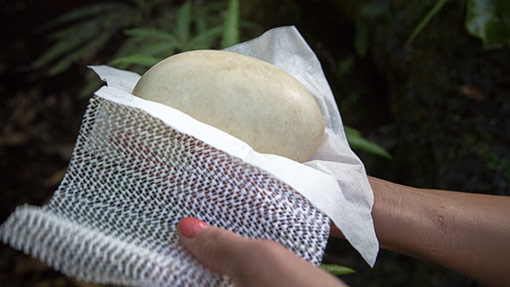
Operation Nest Egg
Operation Nest Egg is a national kiwi breeding programme which grows kiwi numbers much faster than they could in the wild. Find out more about what and who is involved. (Photo credit: Jenny Feaver)
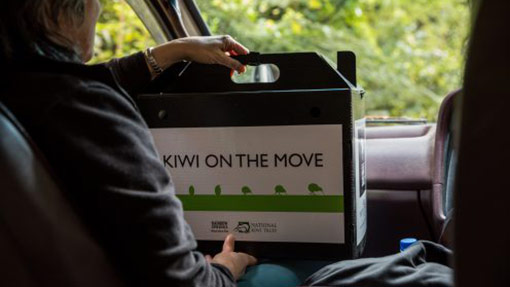
Kōhanga Kiwi
Kōhanga Kiwi is a ground-breaking strategy that both preserves current numbers of kiwi and increases them. Learn about this world-leading conservation initiative.
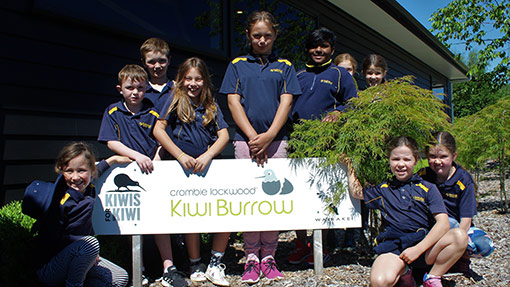
Gallagher Kiwi Burrow
The Gallagher Kiwi Burrow (formerly known as the Crombie Lockwood Kiwi Burrow) is Save the Kiwi’s kiwi incubation, hatching, and brooding facility. Learn about the facility and the chicks that temporarily call this facility home.
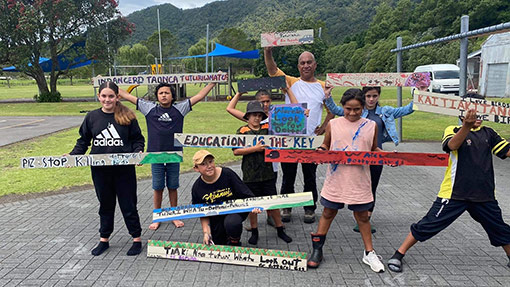
Whānau, hapū, iwi & kiwi
Kaitiakitanga is integral to the spiritual, cultural, and social life of tangata whenua. Find out how Save the Kiwi is committed to supporting Māori leadership in kiwi and wider efforts to restore the health of the whenua.
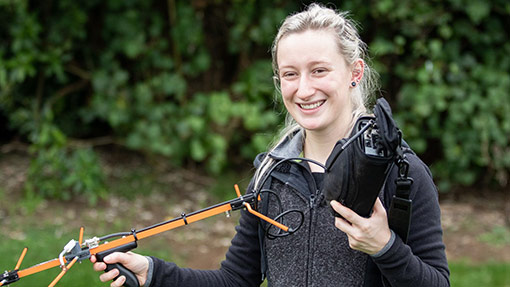
Jobs for Nature
In 2020, Save the Kiwi was awarded Jobs for Nature funding which was redistributed to various kiwi conservation projects. Find out about these projects and the environmental gains they’re seeing. (Photo credit: Jenny Feaver)
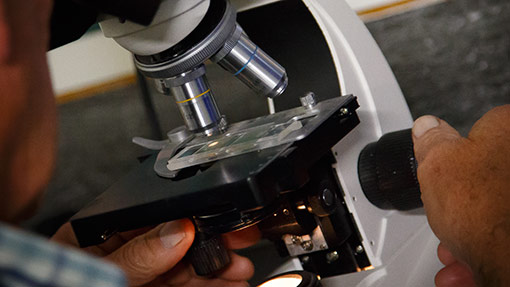
Research
An enormous amount of research about the kiwi population has been undertaken over the years. Learn about the research behind Save the Kiwi’s vision.
